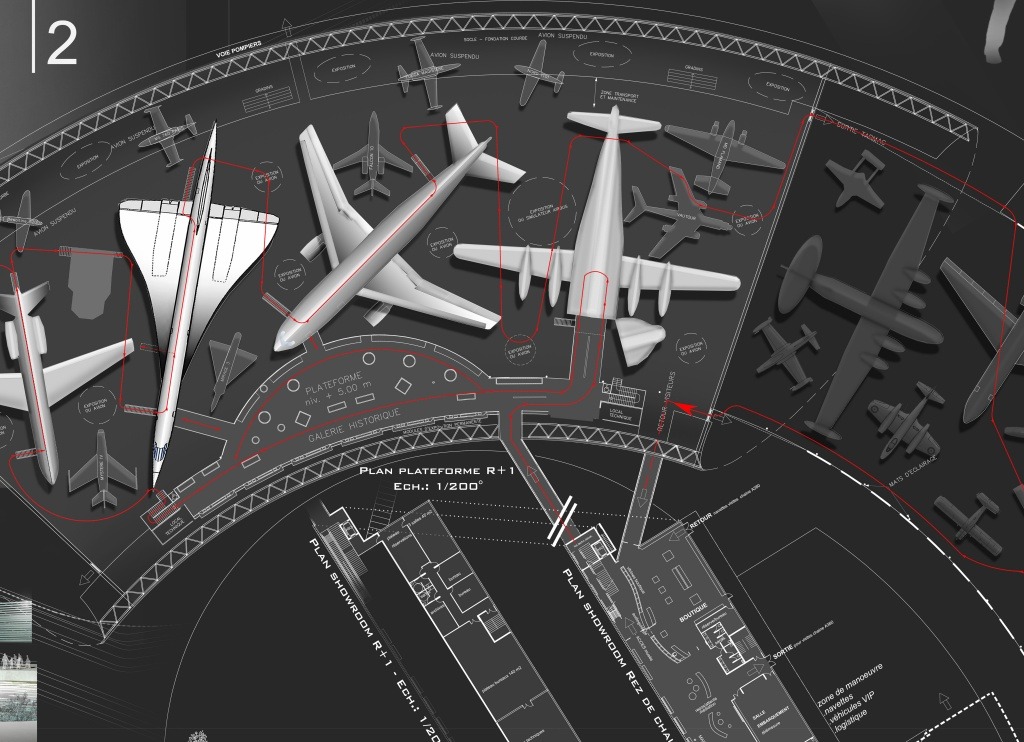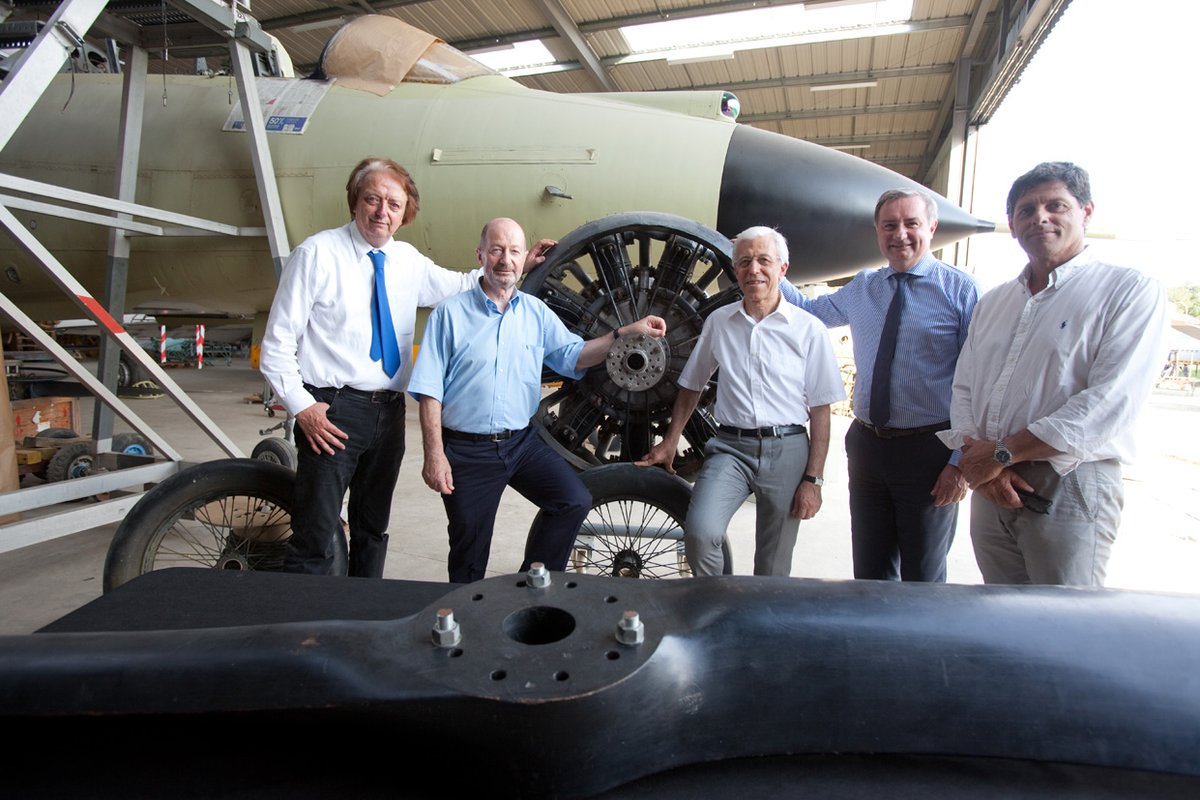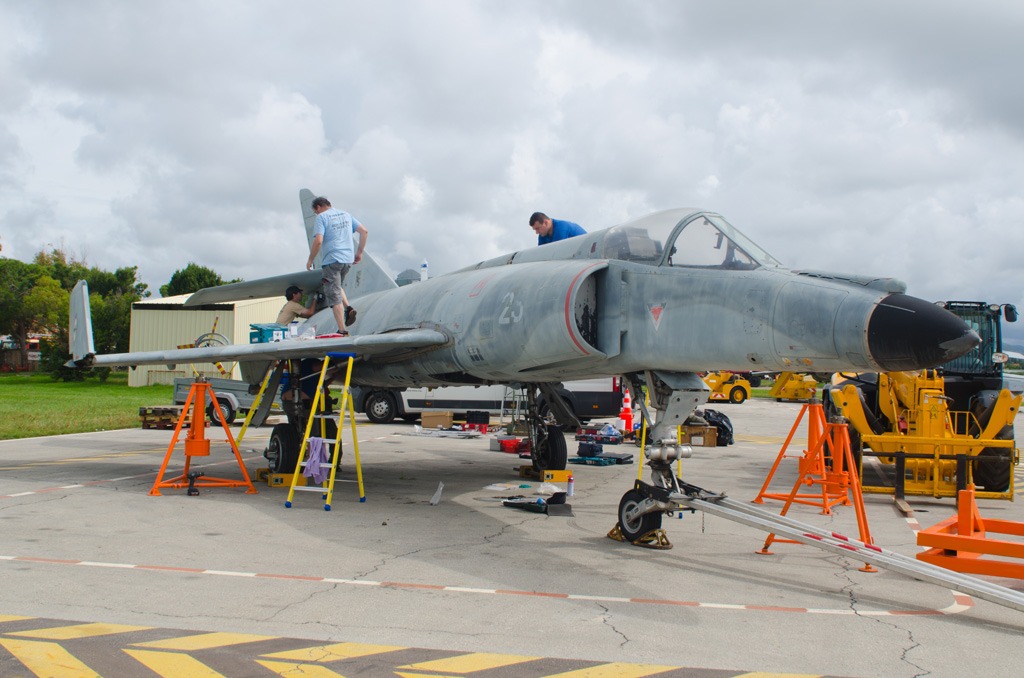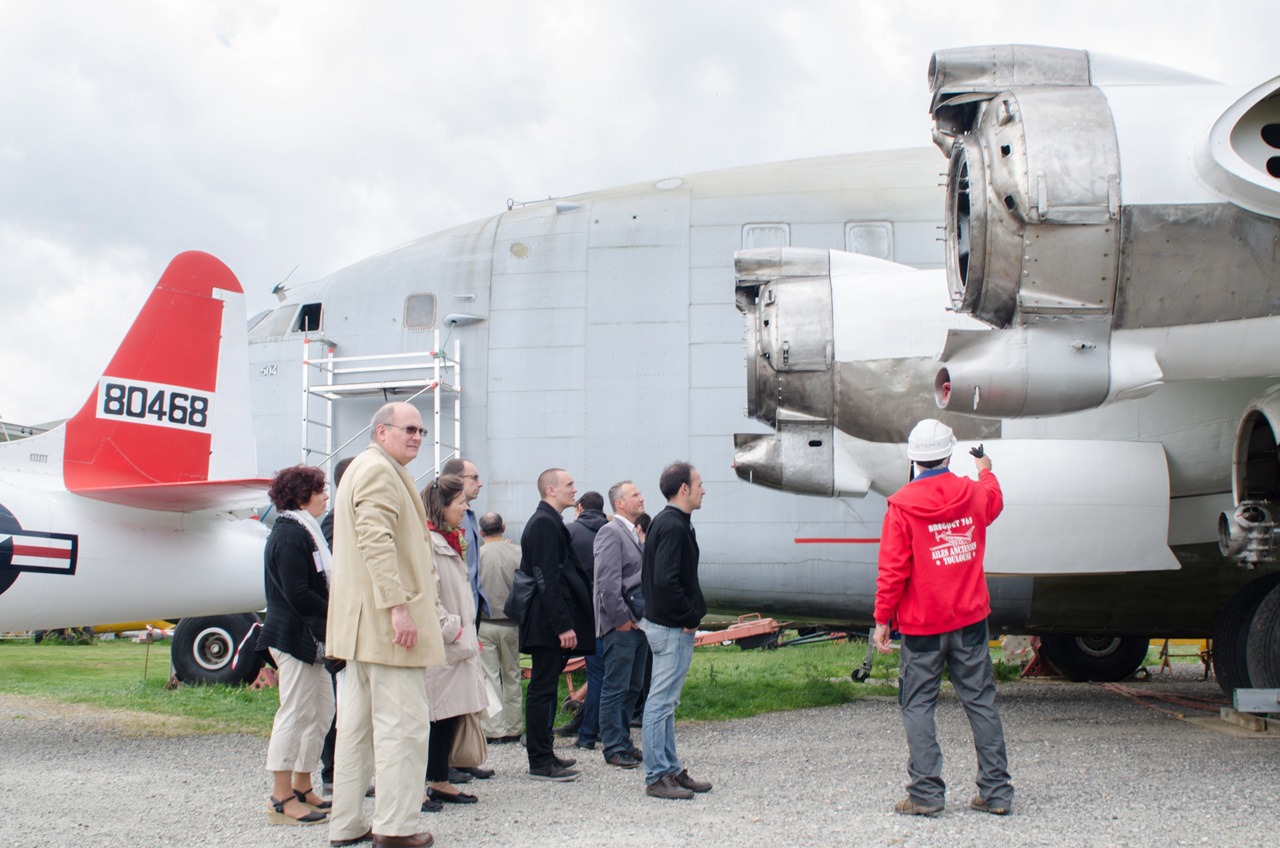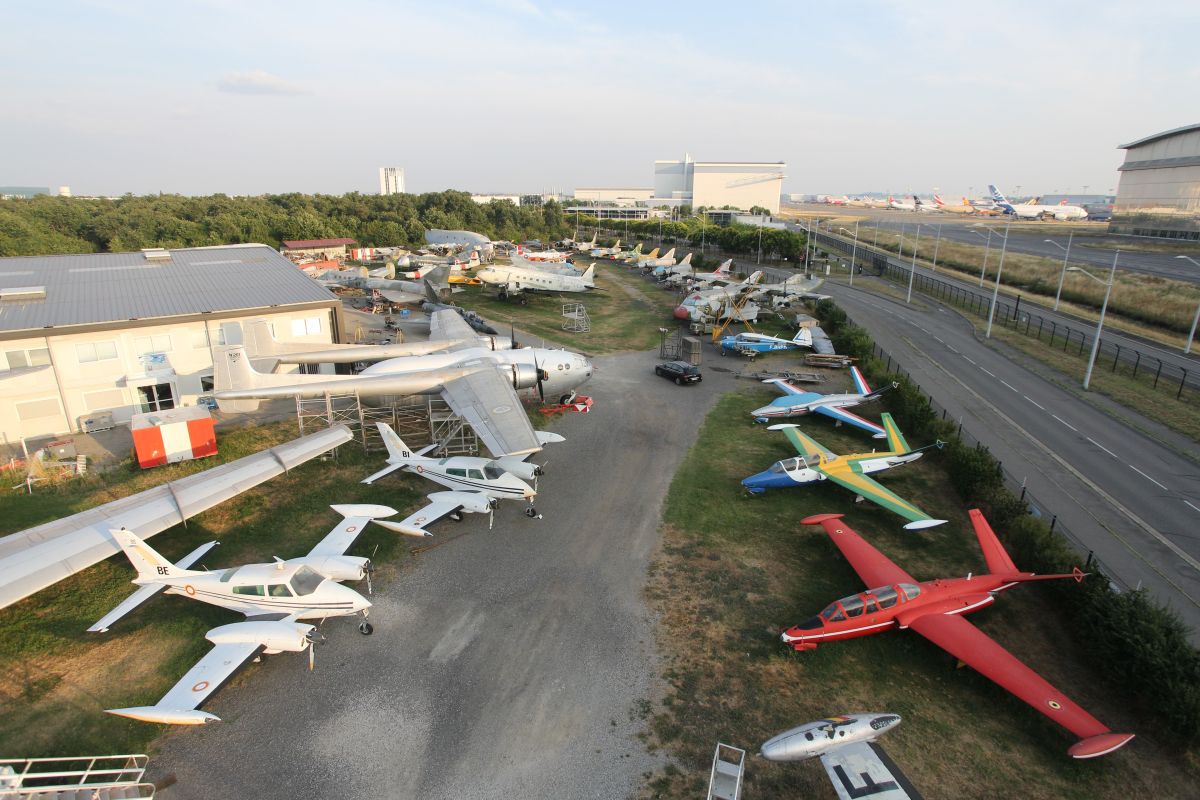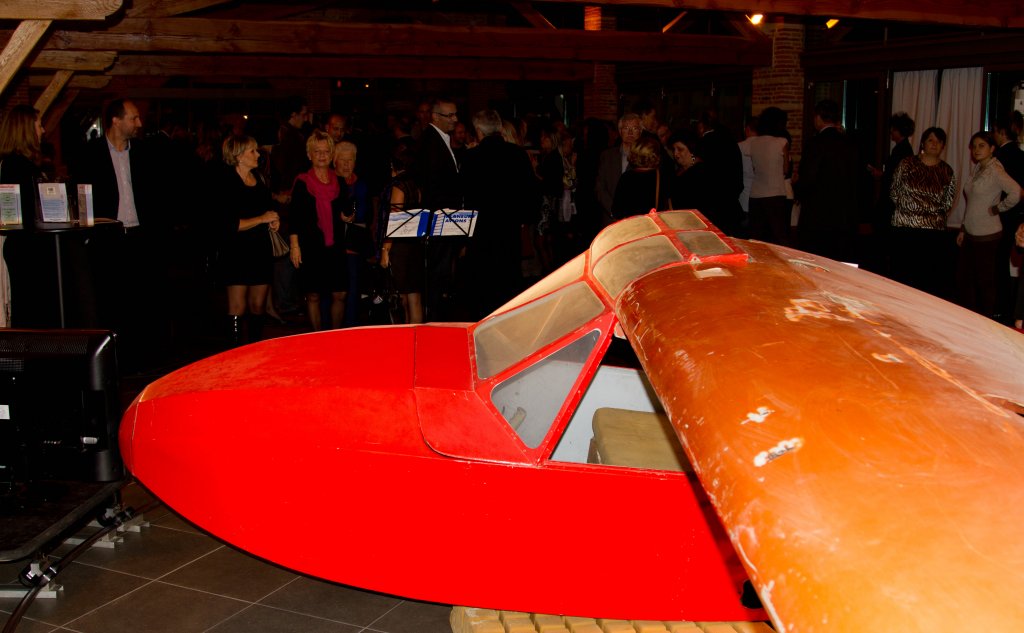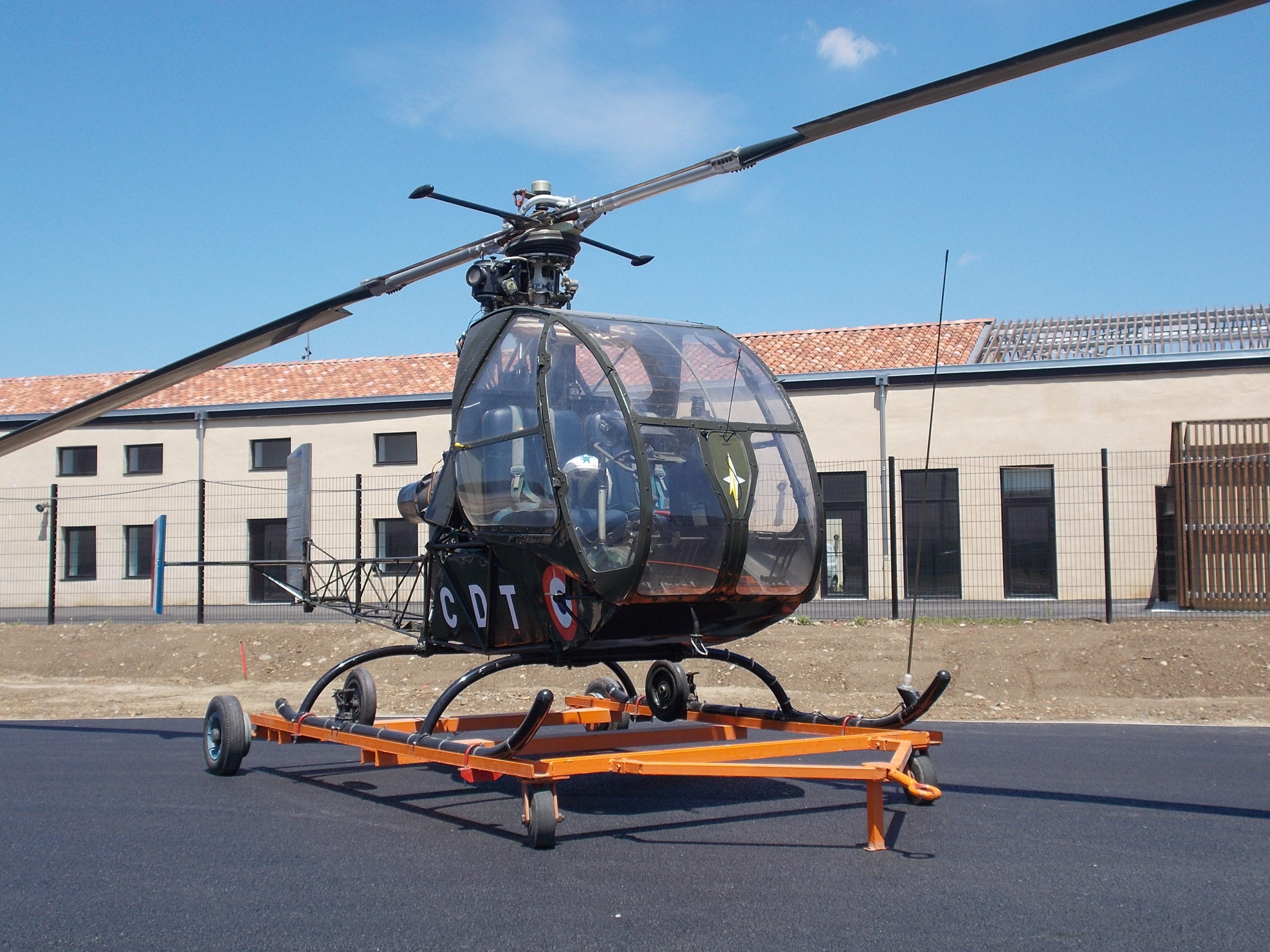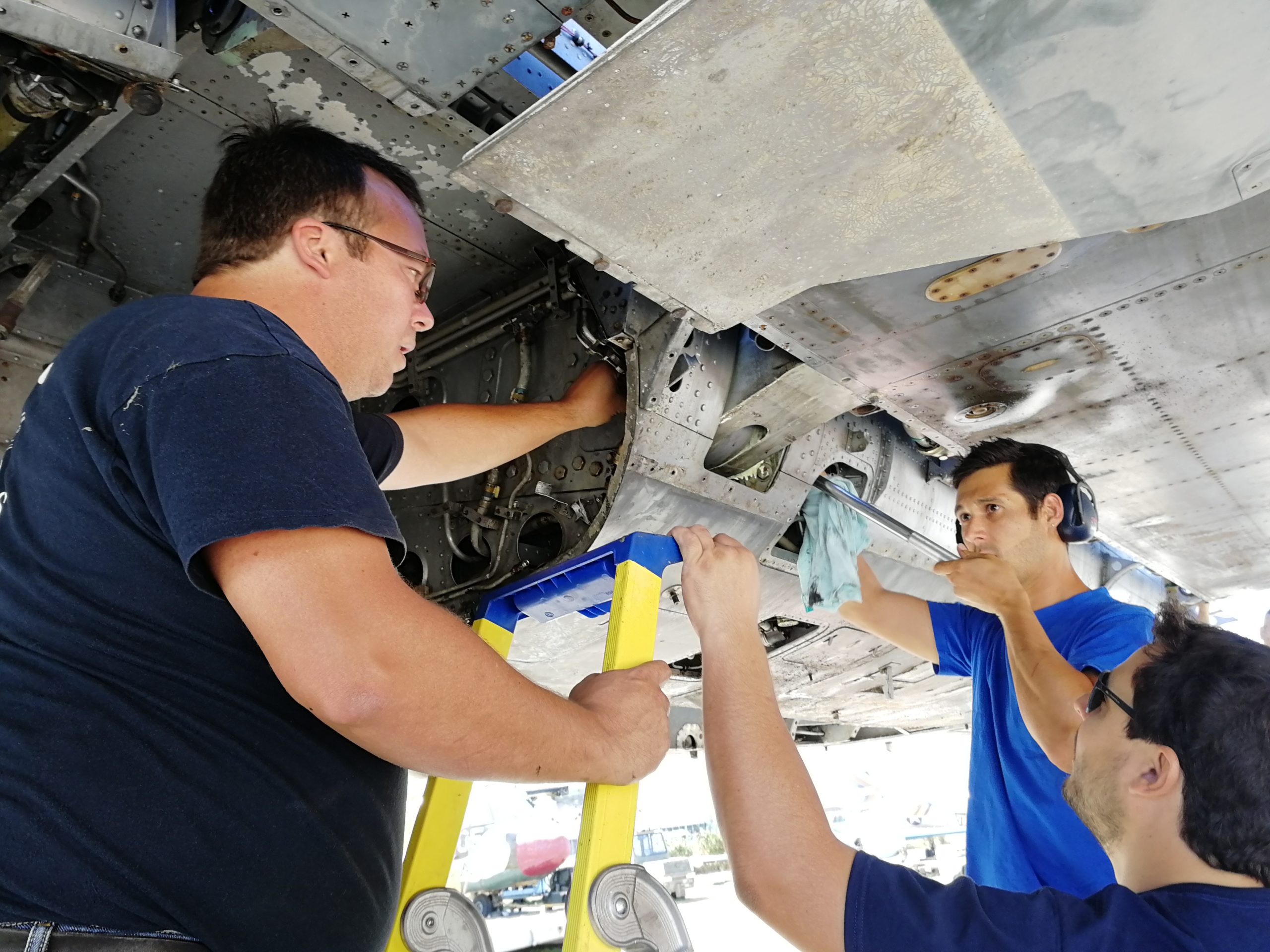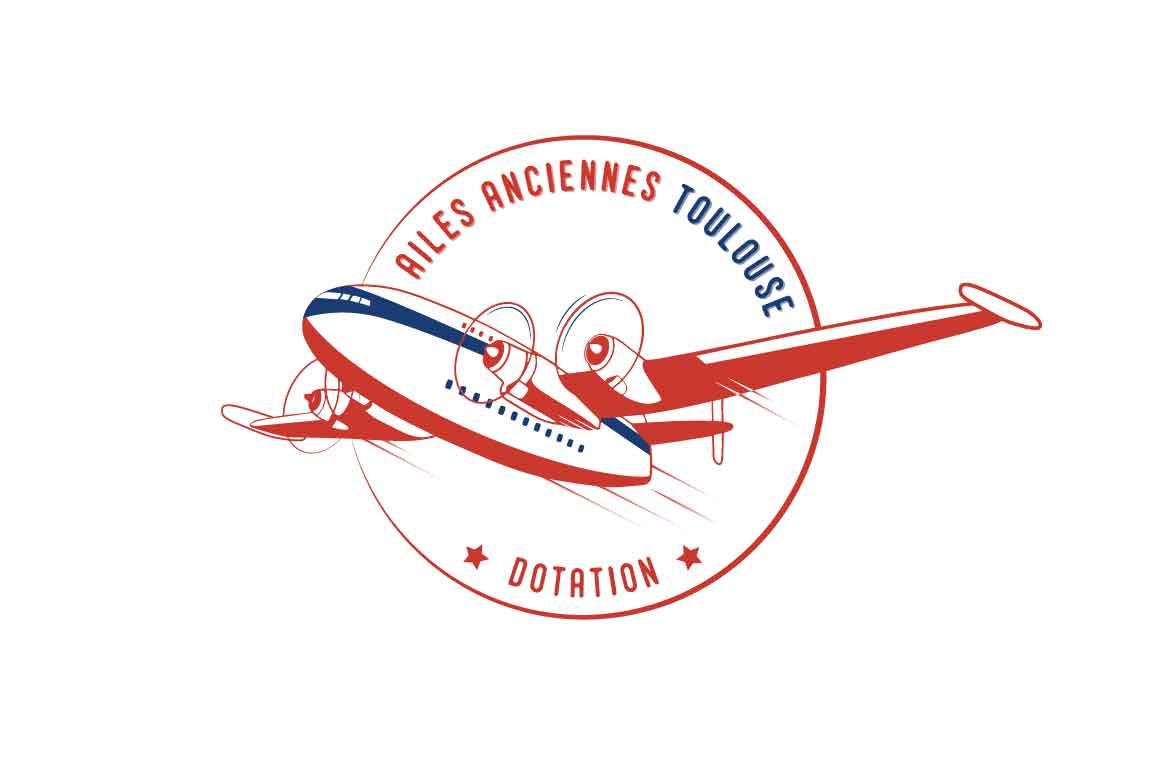Historique
Fin 1948, quand Piper Aircraft rachète la Stinson Aircraft Company, ses ingénieurs travaillent sur un projet de bimoteur, le « Twin Stinson ». Le projet est repris par Piper qui voit l’occasion de réaliser son premier bimoteur. Le fuselage quadriplace du prototype est en tubes d’acier soudés et recouverts de toile ; il reçoit des ailes entièrement métalliques, un empennage bi-dérive et un train d’atterrissage fixe. Equipé de moteurs Lycoming 4-cylindres de 125 ch chacun, il effectue son premier vol le 2 mars 1952. Les essais révèlent que l’avion a de mauvaises caractéristiques de vol et qu’il est sous-motorisé.
Les deux prototypes suivants sont alors modifiés. Ils reçoivent un empennage mono-dérive, revêtement en aluminium, un train d’atterrissage rétractable et des moteurs de 150 ch. Le PA-23-150 Apache ainsi modifié est commercialisé à partir de 1954. L’appareil étant le bimoteur le moins cher du marché, il rencontre un certain succès. En 1958, une version dotée de moteurs de 160 ch apparaît, le PA-23-160 Apache E puis une version légèrement allongée Apache H.
Dans le même temps, Piper développe une version 5-places équipée de moteurs 6-cylindres de 250 ch. L’appareil est désigné indifféremment PA-23-250 ou PA-27 Aztec. Il effectue son premier vol en 1958. Malgré le crash du prototype, le premier appareil sort de chaîne à la fin de 1959. En 1961, la capacité de l’Aztec est portée à 6 places à partir de la version B.
Après la sortie de l’Aztec, une dernière version de l’Apache apparaît en 1962, le PA-23-235. Il est produit jusqu’en 1965, date à laquelle Piper se consacre à la production de l’Aztec. Différentes versions de l’Aztec sortent ensuite mais ne bénéficiant que de modifications mineures. En 1974, une version à fuselage pressurisé baptisée PA-41P est construite, mais l’idée n’est pas retenue. L’Aztec est produit jusqu’en 1981. En tout 6977 appareils sortirent d’usine, 2047 Apache et 4930 Aztec.
L’US Navy utilisa à partir de 1960, 20 Aztec comme avion utilitaire, d’abord sous la désignation UO-1 puis U-11A. Cet appareil se caractérisait par une radio différente et la présence d’un approvisionnement en oxygène et d’un système de dégivrage des hélices. Plusieurs autres pays dont l’Argentine, la Bolivie, le Cameroun, la Colombie, le Costa Rica, l’Espagne, le Honduras, Madagascar, le Mexique, le Paraguay, le Salvador et le Venezuela, ont utilisé l’Aztec au sein de leurs forces aériennes.
Caractéristiques
| Envergure | 11,3 m |
| Longueur | 8,25 m |
| Hauteur | 3.15 m |
| Masse à vide | 1 005 kg |
| Masse maxi | 1725 kg |
| Charge | 3 à 5 passagers |
| Vitesse | 291 km/h |
| Autonomie | 1 100 km |
| Équipage | 1 |
| Motorisation | 2 Lycoming O-320-A de 150 ch |
| No Série | 23-713 |
Notre appareil
Notre appareil est un Piper PA-23-150 Apache. Nous sommes allés le récupérer en avril 2017 à l’ENAC, où il servait de support pédagogique d’où les différentes découpes des ailes, du fuselage et du moteur.
- Le Piper PA-23 à l’ENAC.
- Le Piper PA-23 remonté chez nous à Blagnac.




